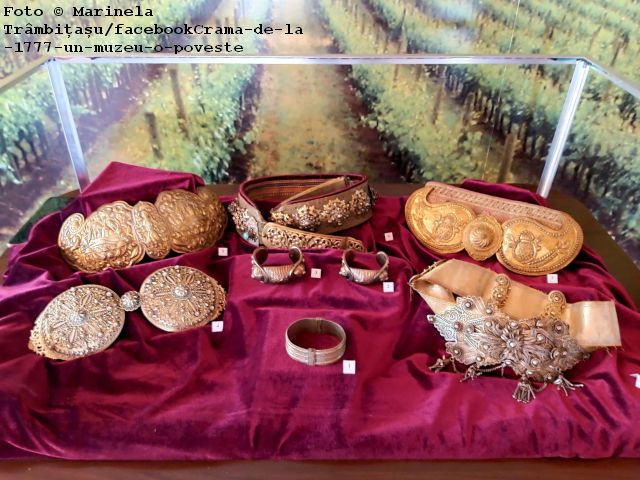The Importance of a Healthy Digital Environment
The deep fake technology, which emerged in 2017, is gaining ground

Corina Cristea, 23.04.2021, 13:47
The deep fake technology, which emerged in 2017, is gaining ground. It can create from scratch convincing, but completely fictitious, pictures, it can create vocal clones of public figures, such as vocal skins used in various kinds of scams, for instance. It can also create video images with personalities in more or less compromising stances. In short, the term refers to a means of synthesizing images and sounds to create content. We have the notorious case of the British branch of a German energy company, which put 200,000 pounds in a Hungarian account as a result of a phone call in which the fraudsters imitated the voice of the German CEO of the company. Another famous fake features Elon Musk, in a video in which he was saying that Tesla would start production on a flying car. These were both deep fakes. In some situation, deep fakes can be amusing — you can insert your image as a character in an animated movie, for instance — or even useful. For example, the Dali museum in Florida uses advanced face altering technology which brings to life the surrealist master, who is introducing his own art and takes selfies with visitors. Beyond the fun or practical side, however, there is the threat from bad actors. Many of the films they make are pornographic, using various algorithms to insert there images of famous actors. Experts say that these fake videos go beyond celebrity. Anyone can create revenge porn without having much expertise. Deep fake, which are relatively new, is certainly a great challenge right now, a sort of fake news, but more advanced, a natural evolution of AI. Fake news is nothing new, but what is changing are the tools at our disposal, and the speed with which they spread.
This is what we were told by Dragos Stanca, an entrepreneur in IT, technology, marketing, and media, who was recently elected as president of the Romanian Transmedia Audit Bureau. As a guest on Radio Romania, Dragos Stanca spoke about the importance of healthy information in digital media, and underlined another aspect that may alter accuracy — the rush for an audience. If the only thing that we do is to measure and audit websites for traffic, or the audience for street advertising, or for radio stations and newspapers, then things are going into the wrong direction.
Here is Dragos Stanca:
“Digital media, and media in general, can be expressible in various forms, professional content, content audited by rules and deontology, and the content that is worth reaching the listeners or readears is extremely important. And I hope this will be a discussion to continue more and more visibly in a society in which we started to understand very clearly what is a piece of news, in fact, who is entitled to diffuse and create news, what is true, what is a lie, what is manipulation — these are things that are very important in the media industry.”
Recently, Dragos Stancas organization approved one of his projects: the responsible publication of trusted media. This project means to start a constructive discussion to identify means and methodologies that are beyond suspicion of being manipulated one way or another, which can clean up a bit our ecosystem.
Here is Dragos Stanca:
“Just as we take care to educate our children to cross the street only on a green light, to look right and left, we have to teach them to protect themselves from dangers in the media environment. Unfortunately, truth, in the digital space and in the audiovisual area, started becoming more and more optional. As long as the ecosystem is regulated only based on quantitative metrics, it will continue to be optional. This is a vast, complicated, and delicate topic, but it has to be sorted out. Just as when the automobile was invented, a lot of people died because there were no traffic laws. Then rules got introduced, which now seem banal, such as right hand yielding. In the same way, we should come up with rules in the face of this new phenomenon, the digital world, in terms of things that we believe, we assume, in terms of news, with the new reality of deep fakes, which is a synthetic way of generating our reality. We can no longer tell if a speech we see on YouTube or another website is by who it pretends to be, things are getting very complicated. Just as we teach our children to not stick their fingers in the wall socket, we should also teach them how to protect themselves online from people who want to steal their credit card data, people spreading disinformation, what is clickbait, what fake news is, how to identify it, how to do a universal image search on Google, to realize if a photo you see is real or fake, or if it had been previously published and taken out of context.”
Dragos Stanca added that all these things should become a part of the school curriculum, and of all discussions about education.






























